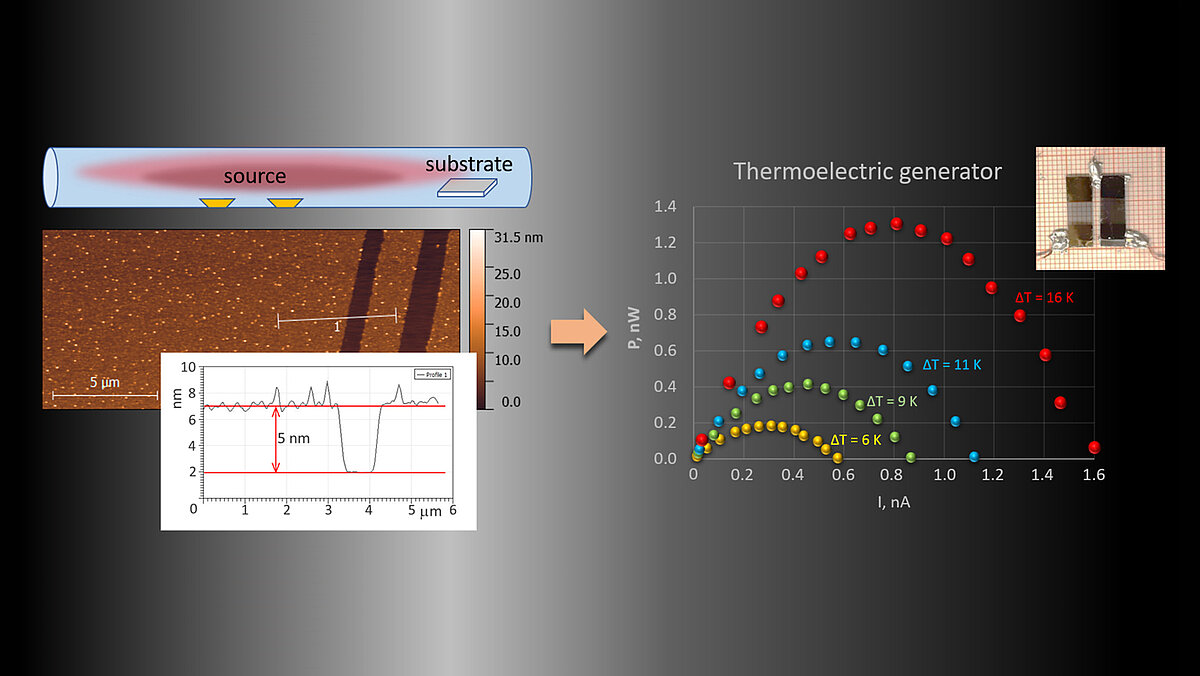
Our institute scientist Anatolijs Šarakovskis is co-author of the article Thickness-dependent properties of ultrathin bismuth and antimony chalcogenide films formed by physical vapor deposition and their application in thermoelectric generators (DOI:10.1016/j.mtener.2020.100587) in the high-rank journal Materials Today Energy, which impact factor is 5,604.
Other authors of the article J. Andzane, A. Felsharuk, U. Malinovskis, E. Kauranens, M. Bechelany, K.A. Niherysh, I.V. Komissarov, D. Erts.
In the article, a simple cost-effective physical vapor deposition method for obtaining high-quality Bi2Se3 and Sb2Te3 ultrathin films with thicknesses down to 5 nm on mica, fused quartz, and graphene substrates is reported. Physical vapor deposition of continuous Sb2Te3 ultrathin films with thicknesses 10 nm and below is demonstrated for the first time. Both Bi2Se3 and Sb2Te3 ultrathin films showed the Seebeck coefficient and thermoelectrical power factors comparable with the parameters obtained for the high-quality thin films grown by the molecular beam epitaxy method. Performance of the best Bi2Se3 and Sb2Te3 ultrathin films is tested in the two-leg prototype of a thermoelectric generator.
This work was supported by the European Regional Development Fund (ERDF) project No 1.1.1.1/16/A/257. J. A. acknowledges the ERDF project No. 1.1.1.2/1/16/037. Institute of Solid State Physics, University of Latvia, Latvia as the Center of Excellence has received funding from the European Union's Horizon 2020 Framework Programme H2020-WIDESPREAD-01-2016-2017-TeamingPhase2 under grant agreement No. 739508, project CAMART2.